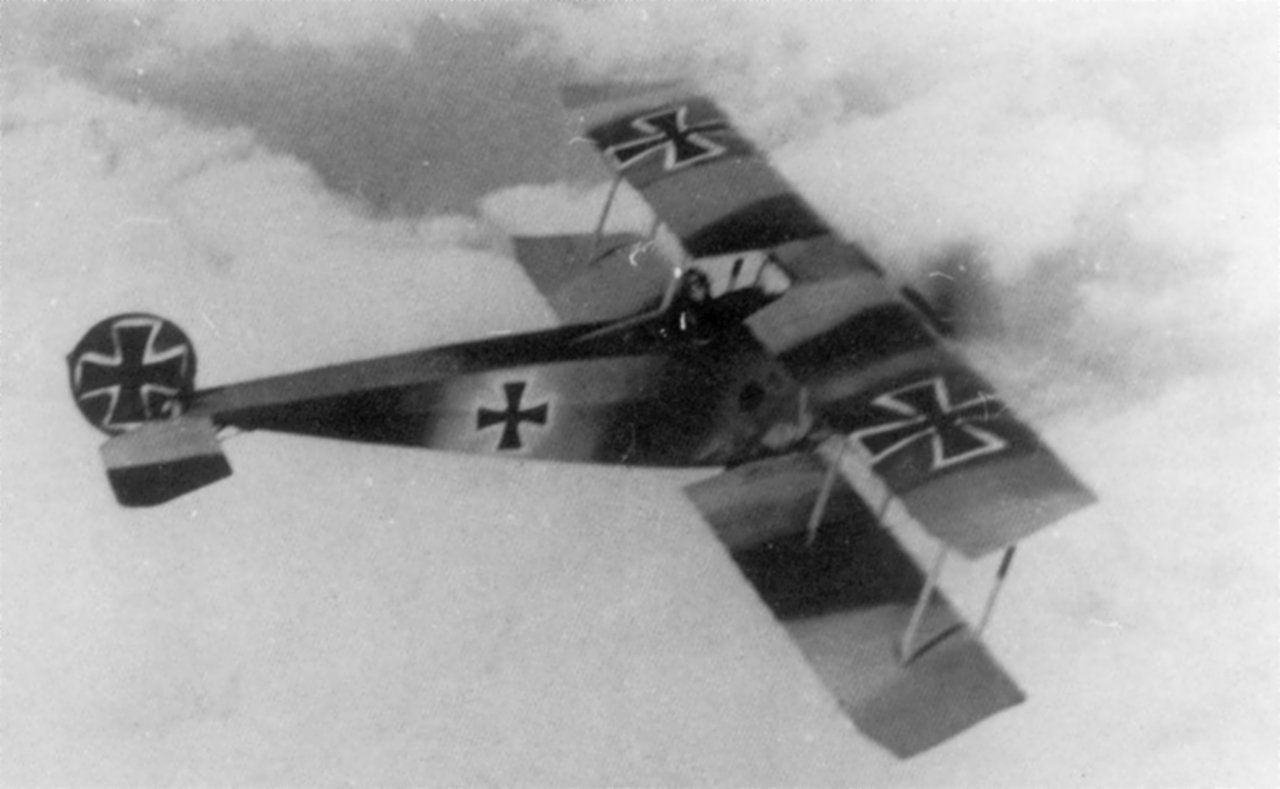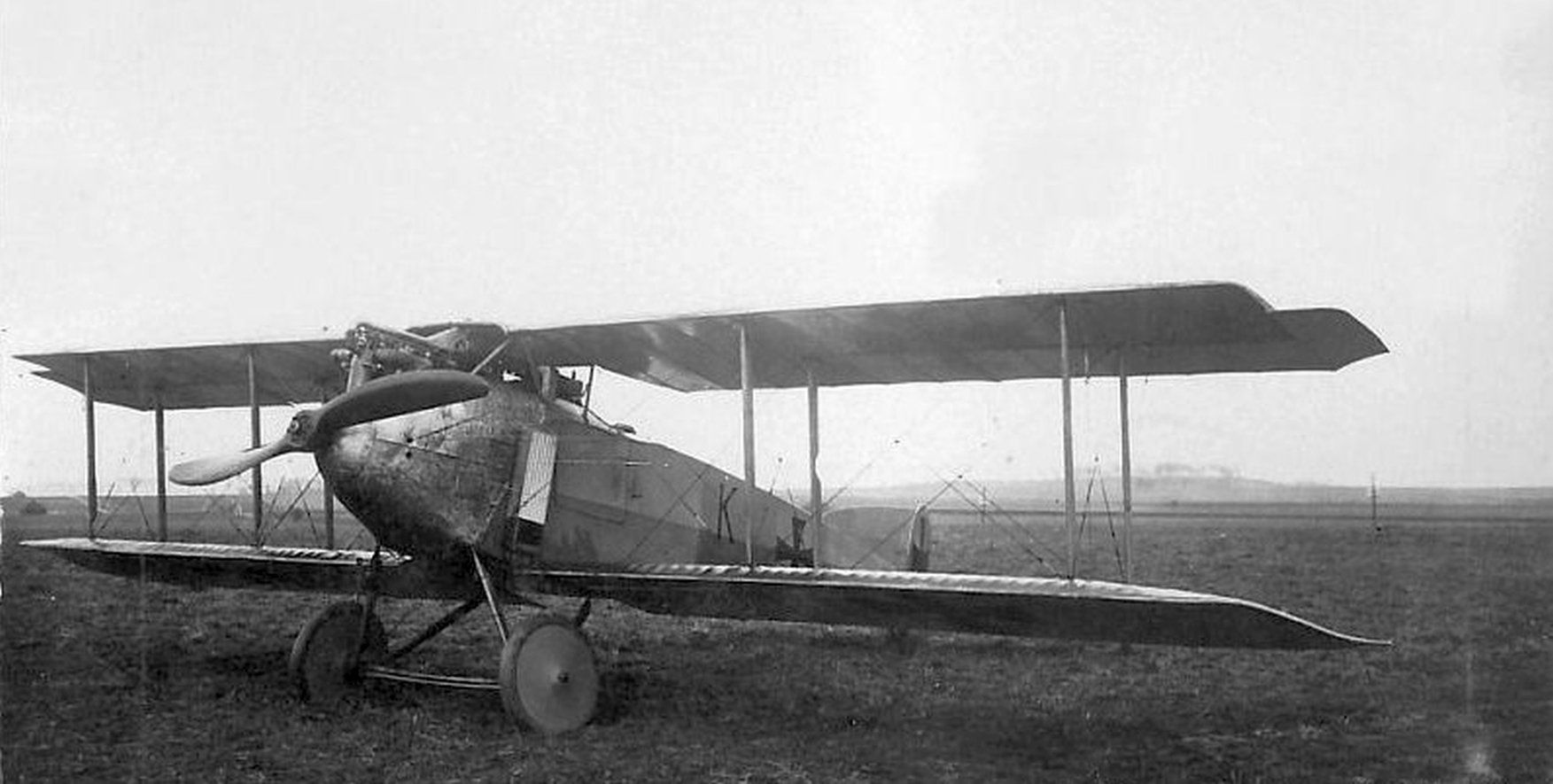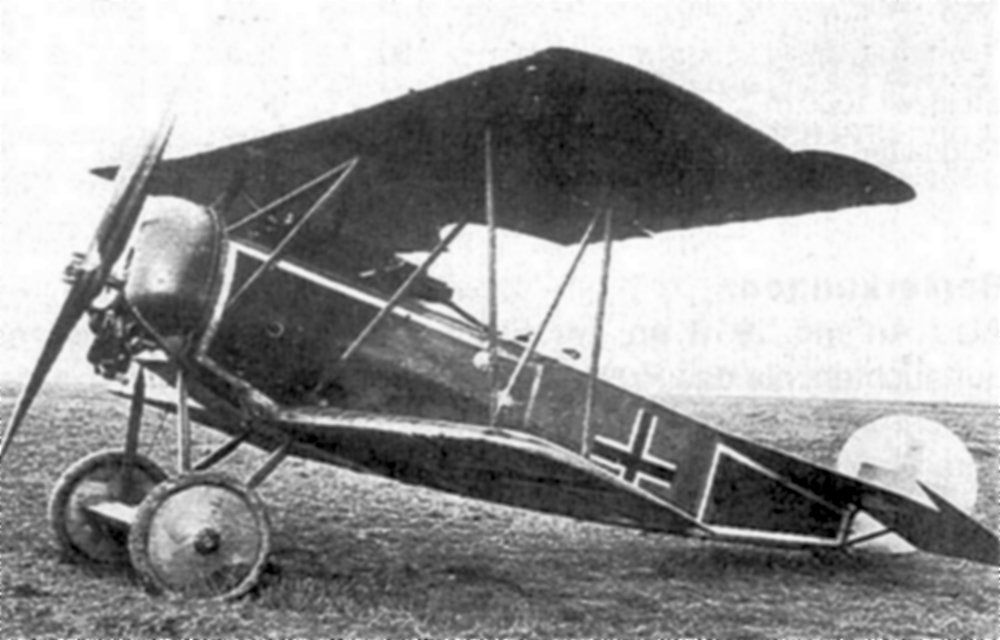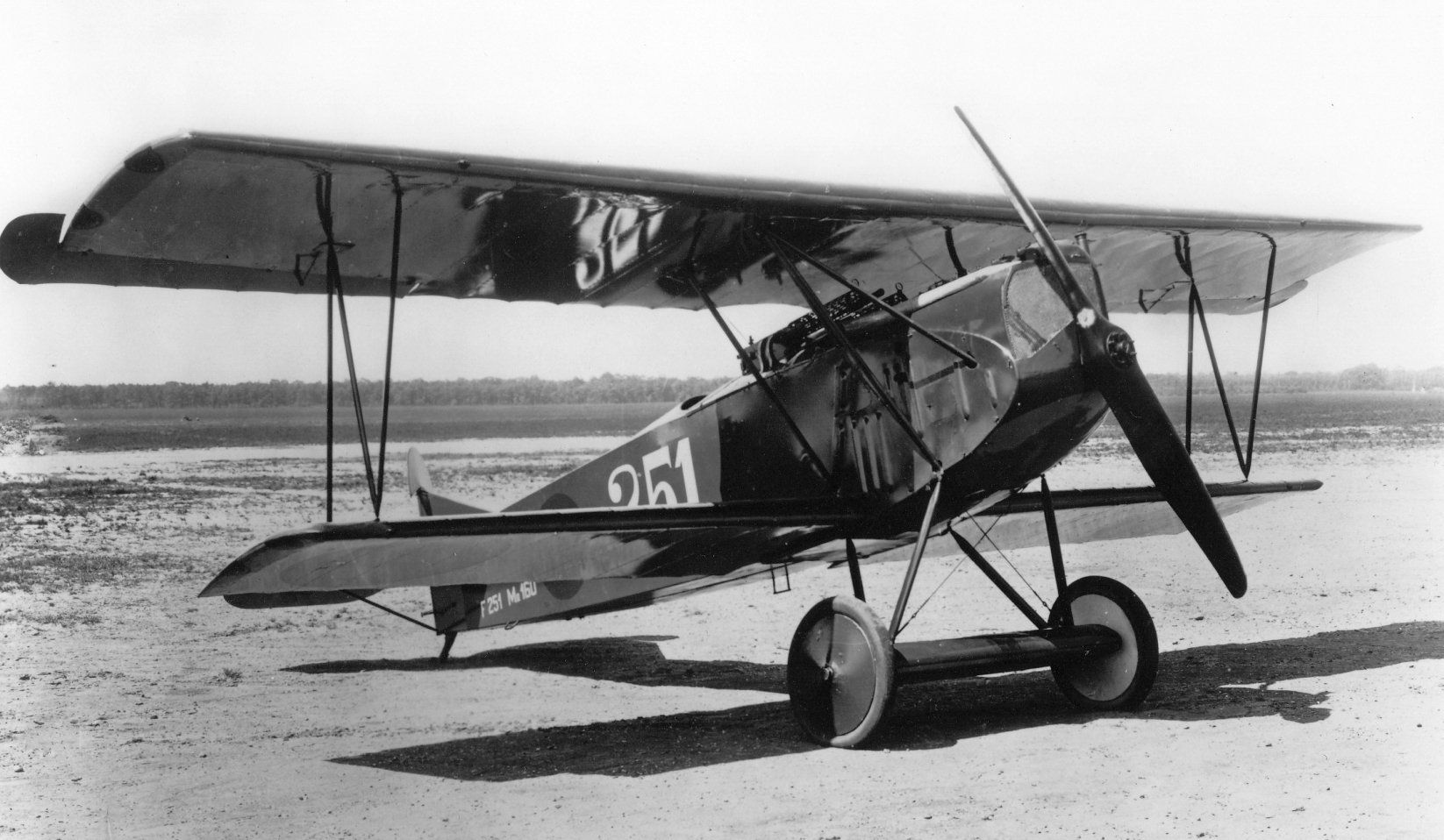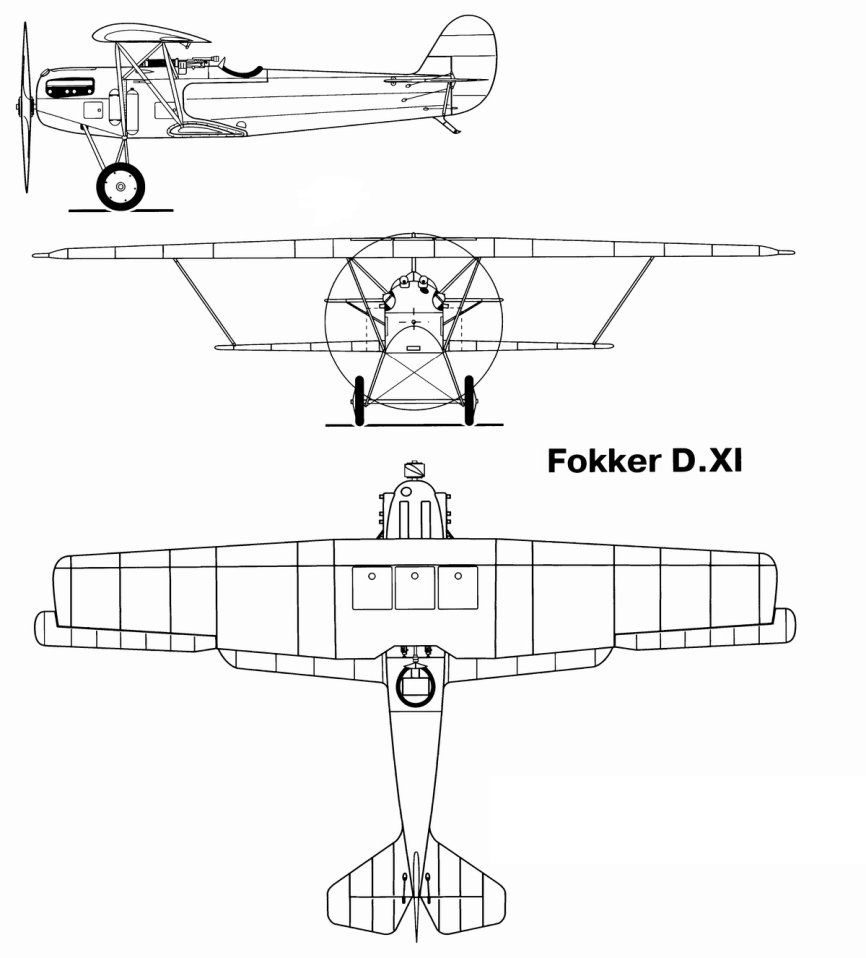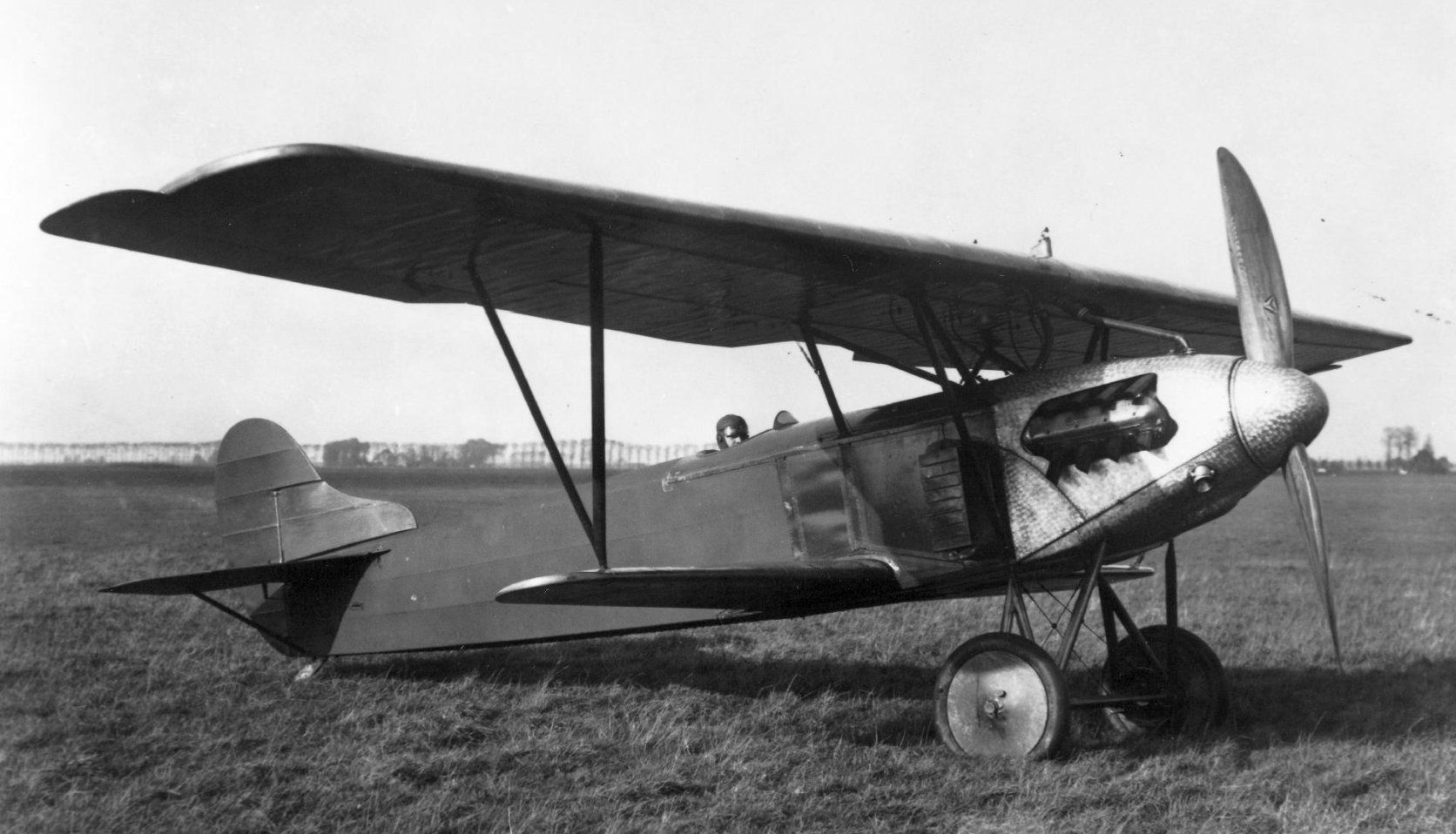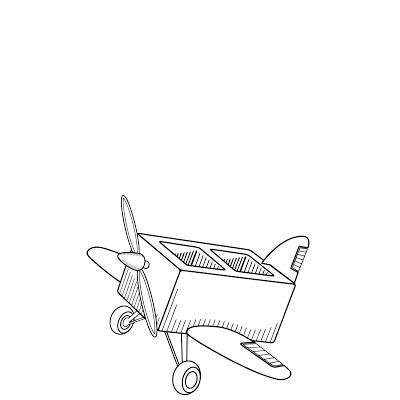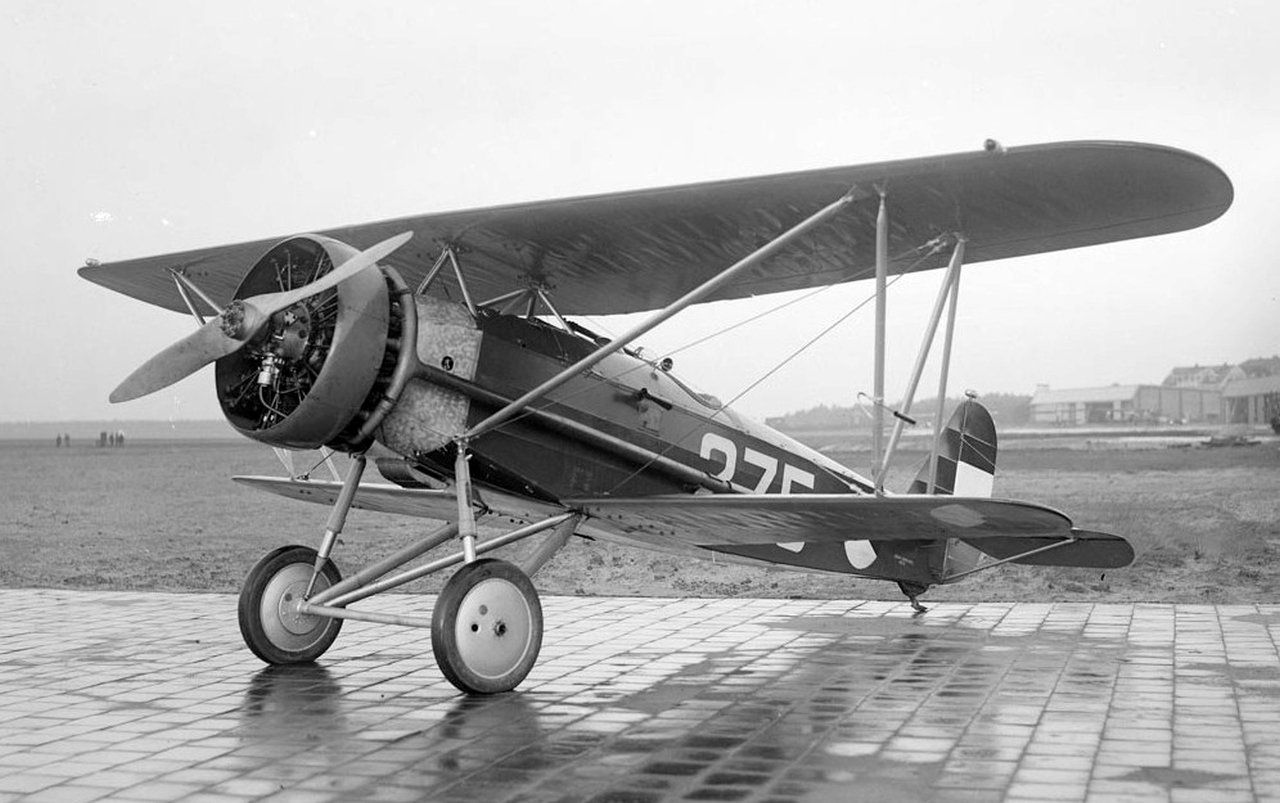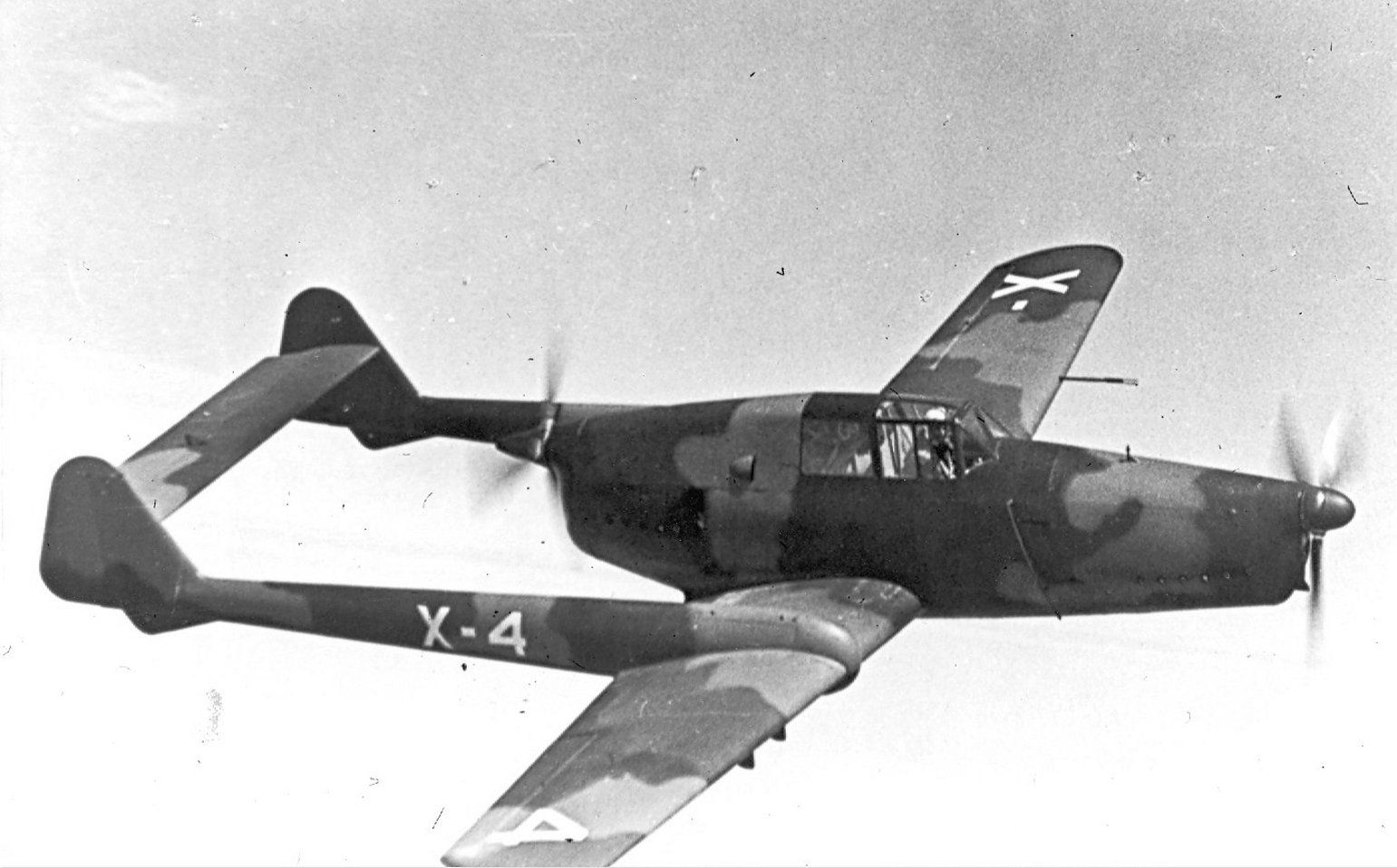Overview page of the Fokker D-series
The “D” designation of Fokker aircraft indicates that they are in principle fighter or attack aircraft.
During the First World War, the German army provided a number of Fokker biplane “M” types with a “D” designation; “Doppeldecker” or double-decker.
These “M” types were also all fighter or attack aircraft.
There could also be armed
reconnaissance flights with a “D” type, which was also indicated at the D.C.I, where the D indicates the fighter aircraft and the C for armed reconnaissance.
The “D” types were all equipped with armament or could be armed.
Synchronized weapons in front of the cockpit, on turrets in the fuselage, or as on the D.XXI, in and under the wings.
The appearance of the various “D” types varies considerably, partly because they were built over a long period of time.
From the fragile D.II biplane of 1915 to the robust D.XXI fighter of 1936 followed by the last “D” model, the revolutionary D.XXIII of 1939.
A number of “D” types have also been built under license in various countries outside Germany and the Netherlands.
A small number of “D” types reached the USA, mainly at the McCook field in Dayton Ohio for trials and experiments.
For example, the “D” types will also include the D.VI, D.VII, D.VIII and the Dr.I, even though these types originally developed from Fokker “V” types, Versuchsflugzeug or test/prototype.
Publicly, these aircraft are better known by the “D” designation than by the “V” designation, hence this choice.
The “D” types have taken part in many war operations between countries, “D” types were deployed in both the First and Second World Wars.
By clicking on the photo you will get to the detailed description of the type.



